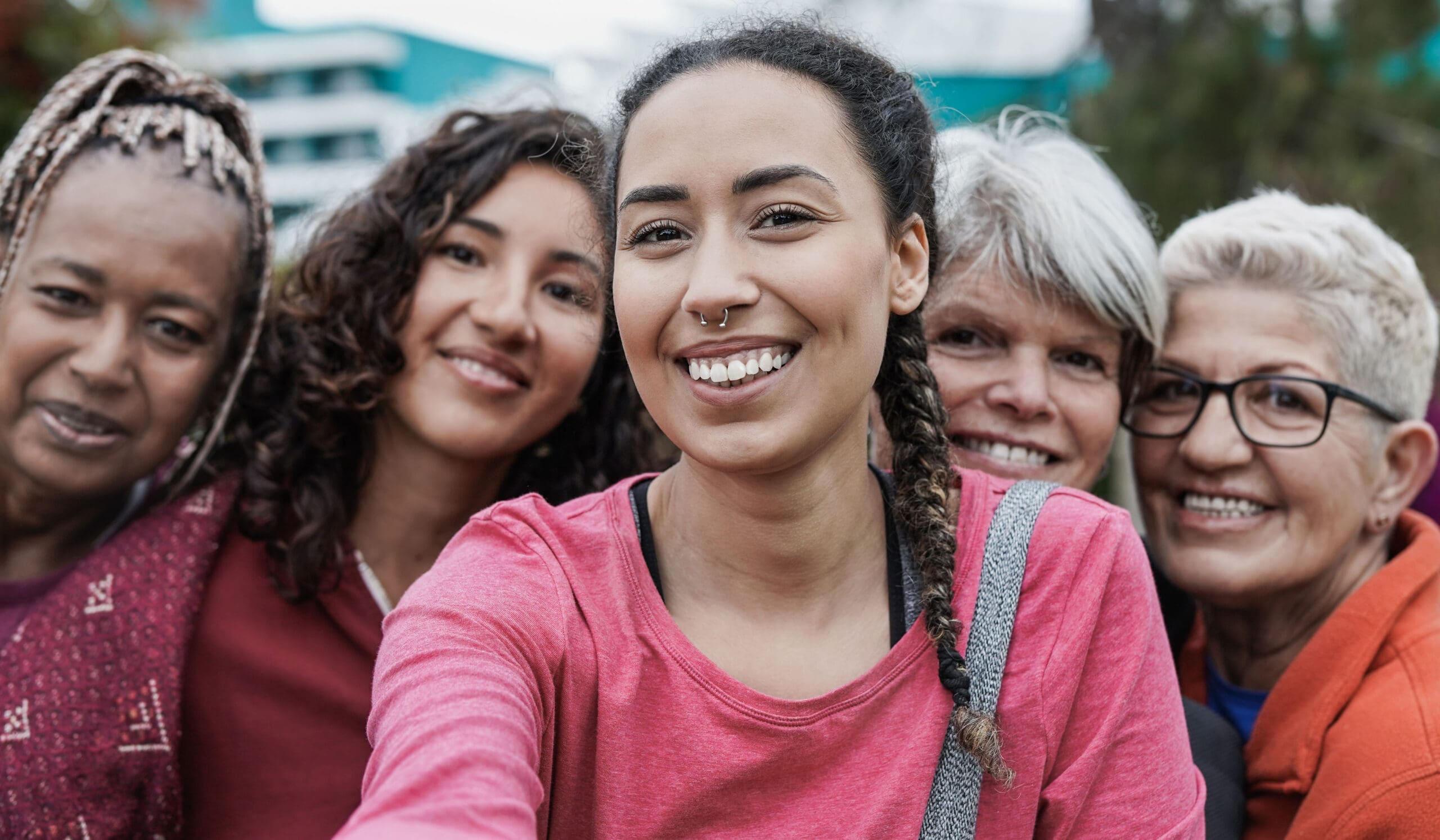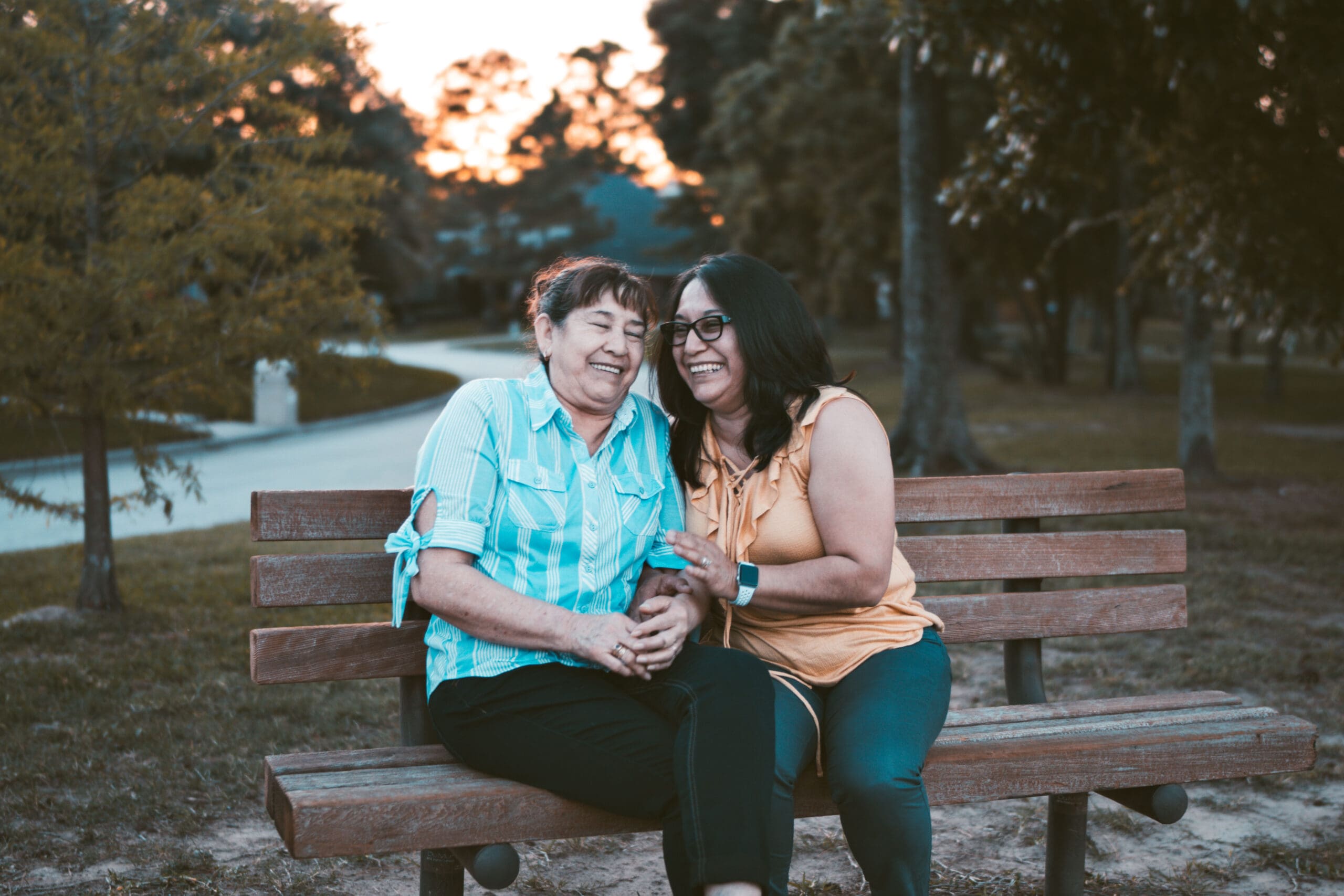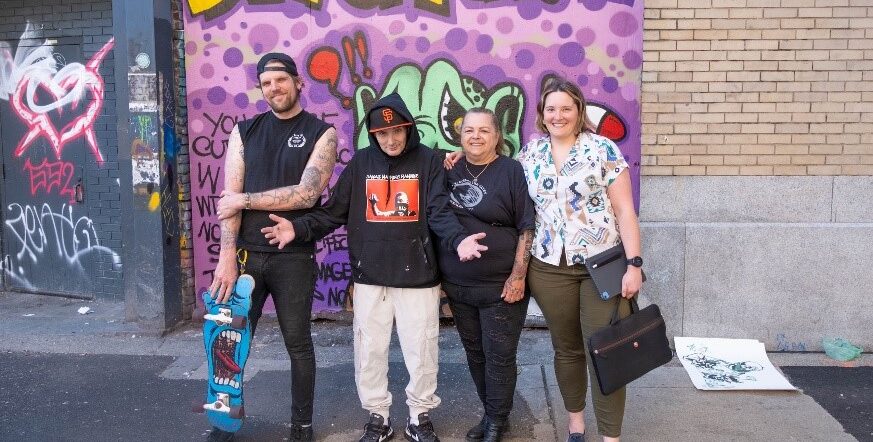Guest post by:
Travis Salway, PhD
Assistant Professor, Simon Fraser University
Affiliated Researcher, BC Centre for Disease Control
Research Scientist, Centre for Gender and Sexual Health Equity
As of January 7, 2022, it is a crime to perpetrate or promote so-called “conversion therapy”—practices that aim to deter Two-Spirit, lesbian, gay, bisexual, transgender, and queer (2S/LGBTQ) people from expressing their self-determined identities—anywhere in Canada. This enormous achievement is cause for celebration, reflection, and deeper commitments to addressing the social ills that enable conversion therapy to occur in the first place.
Last January, I wrote a BCCDC Foundation guest blog post to review the opportunities and limits of federal criminal bans like the one that was passed by Parliament in December. In this post, I return to the issue of conversion therapy, to provide an update on what was achieved, and to propose what needs to be done next.
Q. How does Bill C-4 open the door to more active prevention of conversion therapy?
Bill C-4 is an amendment to the Criminal Code of Canada, making it an offense to cause someone to undergo conversion therapy, remove a minor from Canada to undergo conversion therapy elsewhere, promote or advertise conversion therapy, or financially benefit from conversion therapy. I am thankful to the survivors and activists who tirelessly fought for our government to take action on the issue of conversion therapy. This law creates an important legislative mechanism to support our work. However, we must not be complacent in assuming that the law will singlehandedly remove conversion therapy from the country. The limits and unintended consequences of Criminal Code enforcement, are well-documented in the context of other public health issues.
Perhaps the greatest benefit of Bill C-4 is the potential to activate broad public education about the issue of conversion therapy and related practices and ideologies. My colleague and conversion therapy survivor Michael Kwag has written, “as much as we need to rid our society of bad actors peddling harmful and fraudulent ideas, we also need to push for policies and initiatives that will create the affirming communities that we know queer and trans people need to thrive.” Michael’s comment opens the possibility of leveraging the core message of Bill C-4—that 2S/LGBTQ people and identities are valid and not in need of change—to double down on our efforts to make sure all Canadians receive this message repeatedly, and clearly.
Q. What can public health practitioners and administrators do to further the cause of 2S/LGBTQ health equity?
In my 2021 blog post, I introduced the notion of the “conversion therapy pyramid“—subsequently published by our research team in the Canadian Journal of Psychiatry. The pyramid reminds us that conversion therapy practices are held up by other pervasive practices that doubt self-determined 2S/LGBTQ identities or dissuade us from adopting or expressing these identities. These practices are often referred to as “sexual orientation and gender identity and expression change efforts,” or SOGIECE.
In the interest of promoting public health action in the wake of enactment of Bill C-4, I offer two practical examples of SOGIECE-related efforts that are sites of 2S/LGBTQ inequity and deserve our support, the interest of digging into the next ‘layer’ of the pyramid.
Gender-affirming healthcare: the importance of self-definition and autonomy
From interviews with conversion therapy survivors, our research team learned that the core premise of conversion therapy practices is someone in authority (e.g., a healthcare provider, counselor, religious leader) claiming to know the best course of action when it comes to the sexual or gender identities of others (e.g., patients, clients, adherents). My colleague Florence Ashley, a bioethicist and jurist, has explained how licensed healthcare providers become harmful anti-transgender gatekeepers when they insist upon medical transition models that do not center patients’ autonomy.
This month, Florence and I published a commentary for CMAJ, arguing that effectively ridding our medical system of conversion therapy will require regulatory enforcement that includes particular attention to denial of gender-affirming care. Of course, regulatory enforcement should be paired with “carrots” that incentivize the expansion of gender-affirming care access. Here in BC, we are fortunate to have TransCareBC leading these efforts. Other Canadian colleagues have demonstrated how practical, patient-centered gender-affirming care can be effectively taught through public health and other health professional education channels. These models must be scaled and fully funded to continue moving toward health equity for trans people.
2S/LGBTQ-inclusive comprehensive sex education
The delivery of sex education in Canada—and British Columbia—is inconsistent and patchwork, with little to no guarantee of inclusion of 2S/LGBTQ content. This is relevant to conversion therapy for two reasons. First, school-based sex education may be thought of as a ‘safety net‘—a place where 2S/LGBTQ youth who are otherwise stigmatized by families or communities may receive the unequivocal message that their sexual and gender identities are valid and healthy. Second, 2S/LGBTQ youth are disproportionately affected by sex education curricula, that fails to meet Canadian Standards. Without evidence-based, non-stigmatizing education, 2S/LGBTQ youth are left to make sexual decisions on their own, in the absence of clear, health-promoting guidance.
Q. How can you learn more about 2S/LGBTQ equity?
This is a good time to activate public health efforts to eradicate anti-2S/LGBTQ practices. Women and Gender Equality Canada is poised to launch a national LGBTQ2 Action Plan. Here at the BCCDC, the Two-Spirit Dry Lab—the first public health research group that focuses exclusively on Two-Spirit people—is preparing to conduct a three-year, CIHR-funded study to understand how Two-Spirit promotes health equity for Indigenous people. As my research team builds on what we’ve learned about conversion therapy, we will be launching a new survey that will explore all of the topics outlined here, working with Canadian youth and 2S/LGBTQ communities.
Consider checking out the following BC and Canadian organizations and efforts that are working hard for a bright future for 2S/LGBTQ people. They will appreciate your support:
- Path to Patient-Centred Care
- Action Canada for Sexual Health & Rights
- Community-Based Research Centre
- No Conversion Canada
- MindMapBC
If you want to do more to support survivors of conversion therapy, have a look at recommendations compiled by Reilla Archibald, a nurse and MPH student working with our team.
To keep updated about our team’s research, follow me on Twitter.
Acknowledgements:
Thank you to the BCCDC Foundation for Public Health, Andrew Beckerman, and CIHR for funding this work.
I am grateful to the courageous conversion therapy survivors who have tirelessly told and retold their stories so that the rest of us would finally take action to combat these traumatic practices.
Finally, the following students have contributed to this research: David Kinitz (University of Toronto), Trevor Goodyear (University of British Columbia), Elisabeth Dromer (Université de Montréal), Amrit Tiwana (Simon Fraser University, SFU), Reilla Archibald (SFU), Julia Schillaci-Ventura (SFU).
Publications from our team on the topic of CT:
- Ridding Canadian medicine of conversion therapy
- “Conversion Therapy” Experiences in Their Social Contexts: A Qualitative Study of Sexual Orientation and Gender Identity Expression Change Efforts in Canada
- Experiences with sexual orientation and gender identity conversion therapy practices among sexual minority men in Canada, 2019-2020
- “They Want You to Kill Your Inner Queer but Somehow Leave the Human Alive”: Delineating the Impacts of Sexual Orientation and Gender Identity and Expression Change Efforts
- The scope and nature of sexual orientation and gender identity and expression change efforts: a systematic review protocol
- Prevalence of Exposure to Sexual Orientation Change Efforts and Associated Sociodemographic Characteristics and Psychosocial Health Outcomes among Canadian Sexual Minority Men



